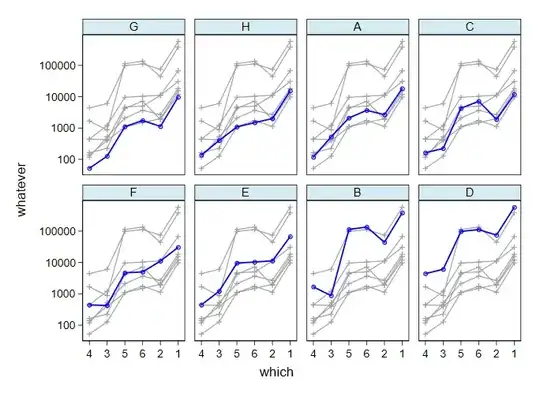I would like to analyze a small matrix N (8 cases) x M (6 variables) whose values are the number of responses each case get on the different variables. These values have a very different scale because each case had a very different exposure, thus the number of responses are cleary very different in size. My aim is to find the distinctive characteristics (the "profiles" we can say) of each case with regard to the variables, and comparing the analysis results with a theoretical typology.
My first approach was to calculate the proportion for each case in order to normalize the values in a comparable scale (after this step I ended up with a matrix N x M containing proportions, with each row that adds up to 1) and then apply a Principal Component Analysis (PCA) in order to discover the most characteristic relations that link the cases to the variables, also discovering the main factors underlying the variables, which I try to interpret with the aid of my theoretical typology.
I already discovered that proportions are not appropriate for PCA analysis, but there are also "robust" PCA to analyze "compositional data" (the proportions). However, I am not specifically trained in statistics, and I am sure that there is some better and more correct approach to use for this case.
You can find here the data
Can someone help me? Thanks
